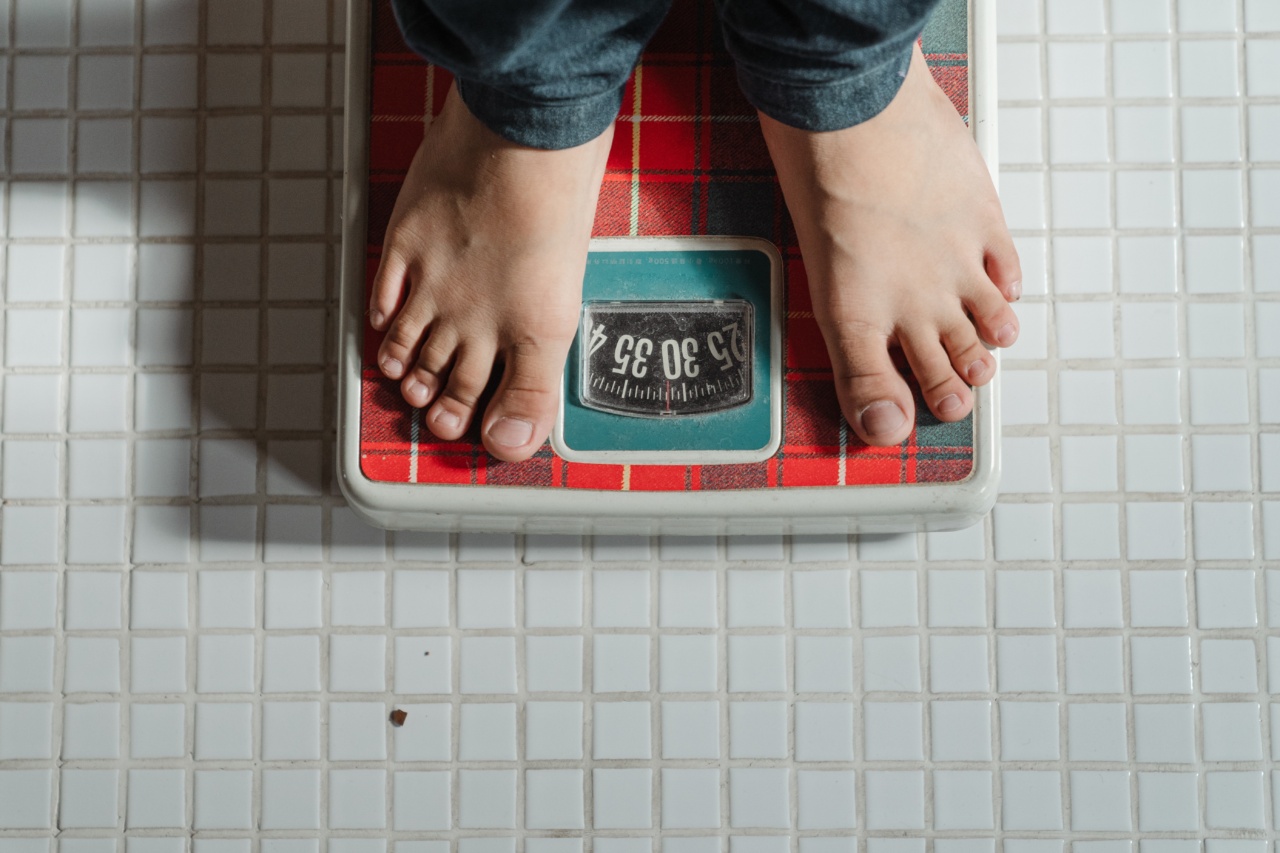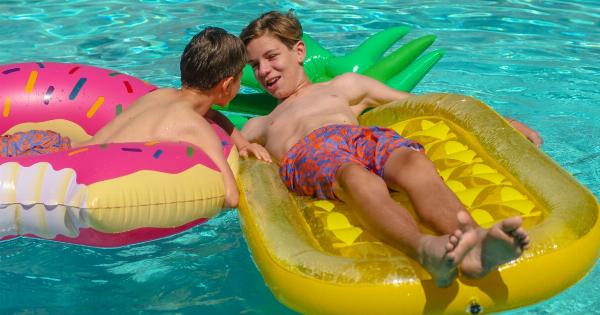The idea of tanning has been around for a while now. Although it was not always popular, it has picked up pace in the last few decades. People tan for various reasons, ranging from improving appearance and boosting mood to increasing vitamin D intake.
However, the question that arises is whether children should be exposed to sunlight for tanning purposes or not. The answer to that question is not as straightforward as some might think.
What is Vitamin D?
Vitamin D is a nutrient that is essential for our body. It helps us absorb calcium and promotes bone growth. The best way to get vitamin D is through exposure to sunlight.
When we get exposed to ultraviolet (UV) B rays from sunlight, our body produces vitamin D.
Benefits of Vitamin D
The benefits of vitamin D are immense. Apart from aiding in bone growth and health, it also helps boost the immune system, reduce inflammation, and improve cardio-metabolic health.
Moreover, it also helps reduce the risks of various diseases, such as multiple sclerosis, type 1 diabetes, and some cancers.
Risks of Exposure to UV radiation
Exposure to UV radiation can cause various skin problems. It can cause skin cancer, as well as premature aging, wrinkles, and sunburns. The risk of skin cancer increases with the amount of sun exposure received over time.
Moreover, children are especially vulnerable to UV radiation exposure as their skin is more delicate and sensitive. Hence, it is essential to protect them from it as much as possible.
Tanning Beds are not Safe
Tanning beds have been marketed as less harmful alternatives to natural sunlight. However, that is not true. Tanning beds emit UV radiation similar to natural sunlight, and they can cause the same problems.
The UV radiation from tanning beds can cause skin cancer, premature aging, wrinkles, and sunburns. Moreover, children should not use tanning beds at all because of the negative effects on their delicate skin.
Alternative Ways to Tan
There are several alternative ways to tan without having to expose oneself to sunlight. These include using self-tanning products, such as spray tans, lotions, or creams. These products are safe to use and do not come with any harmful side effects.
Moreover, they can be used by children, making them a better alternative to sun exposure.
How to Protect Children from UV Radiation
Protecting children from UV radiation is crucial for their health and well-being. Here are some tips on how to do that:.
- Keep them indoors between 10 am and 4 pm, as that is when the sun’s rays are strongest.
- Use protective clothing, such as hats and long clothing that covers their arms and legs.
- Apply sunscreen that has at least an SPF of 30. Reapply every two hours or immediately after swimming or sweating.
- Use sunglasses that block UV rays to protect their eyes.
Conclusion
Exposure to sunlight to get a tan is not a good idea, especially for children. Although sunlight is a good source of vitamin D, the risks of exposure to UV radiation outweigh the benefits.
Tanning beds are not a safe alternative either and should not be used, especially by children. However, there are many safe alternatives to tanning, such as self-tanning products, which can be used by children as well. Protecting children from UV radiation is crucial for their health, and we should take all the necessary precautions to do so.






























